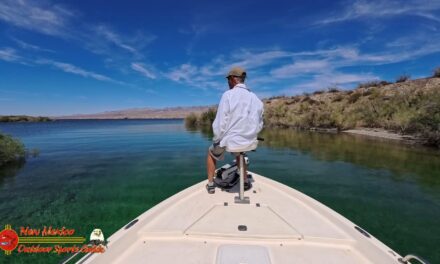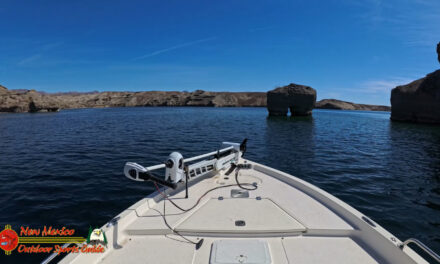State Parks Lure Anglers During Family Fishing Celebration – Lake Mohave
AUSTIN, Texas — Lazy summer days and fishing just seem to go hand in hand, so it’s the perfect time to take advantage of the Family Fishing Celebration that allows fishing without a fishing license in Texas state parks.
The Family Fishing Celebration was launched to encourage families and others to fish at more than 70 state parks without having to purchase a fishing license and required stamps.
Houston postal workers B. E. Lewis and K. R. Colwell were found taking advantage of the Family Fishing Celebration on a recent spring morning by doing some bank fishing at Fort Boggy State Park near Centerville. They said they appreciate not having to have a fishing license and stamps to try their luck at reeling in some bluegills from the park’s 15-acre lake.
“We like having the lake all to ourselves this morning,” Lewis said. “On our days off, we come up here several times a year just to fish and relax.”
Academy Sports & Outdoors is the exclusive retail sponsor of this year’s promotion that runs through Labor Day. In addition to providing funding, Academy has provided state parks with bobbers and kids’ fishing starter kits that will be given away as prizes at Family Fishing Celebration events held this summer at several Texas state parks.
A number of state parks across Texas will be holding special FFC events on June 4. They are: Cooper Lake’s South Sulphur Unit (Sulphur Springs), Eisenhower (Denison), LakeArrowhead (Wichita Falls), Lake Whitney (Whitney), Martin Dies, Jr., (Jasper), McKinney Falls (Austin), Purtis Creek (Eustace), Sabine Pass Battleground (Sabine Pass) and Tyler (Tyler).
A complete list of state parks offering fishing opportunities and dates of upcoming FFC events and seminars can be found on the TPWD Web site or by calling (800) 792-1112.
The FFC’s license-free angling in Texas state parks applies only to bank and pier fishing, and to boat fishing in bodies of water totally contained within the boundaries of a state park, such as Lake Raven in Huntsville State Park and Park Lake in Buescher State Park. The fishing license waiver does not apply to anglers who launch boats from state park property to access an adjacent lake or other water body because it does not apply outside state park boundaries. – Lake Mohave
Read More





